ZOOLOGY
New Leadership Team 2020

ZOOLOGY
New Leadership Team 2020
The year has started with the same business that we’ve become accustom to now and wouldn’t have it any other way.
Firstly, the leadership positions were advertised with a lot of interest expressed by the students going for the roles. After putting in detailed application and sitting their interviews the successful Leadership team is:
Senior Keeper (Main Room) Laura Bentley
Senior Keeper (Off Display) Jaden Dooley
Specialist Keeper Blake Hopgood
Horticulturist/Aqua Specialist Matthew Moss
Maintenance Manager Mitchell Reynolds
Team Leader (Main Room) Megan Taylor
Team Leader (Off Display 42) Cooper Hills
Team Leader (Off Display 44) Ella Smith
Team Leader (Quarantine) Ellie Pearson
Once we had our leaders for the year in place, it was time to sign up the NEW Year 7s, who wanted to join the team.
There was a great amount of interest again this year with over 80 people expressing their interest in being part of the team. Several of these students are have shown great commitment and have almost completed their essential tasks and are just about ready to sit their test.
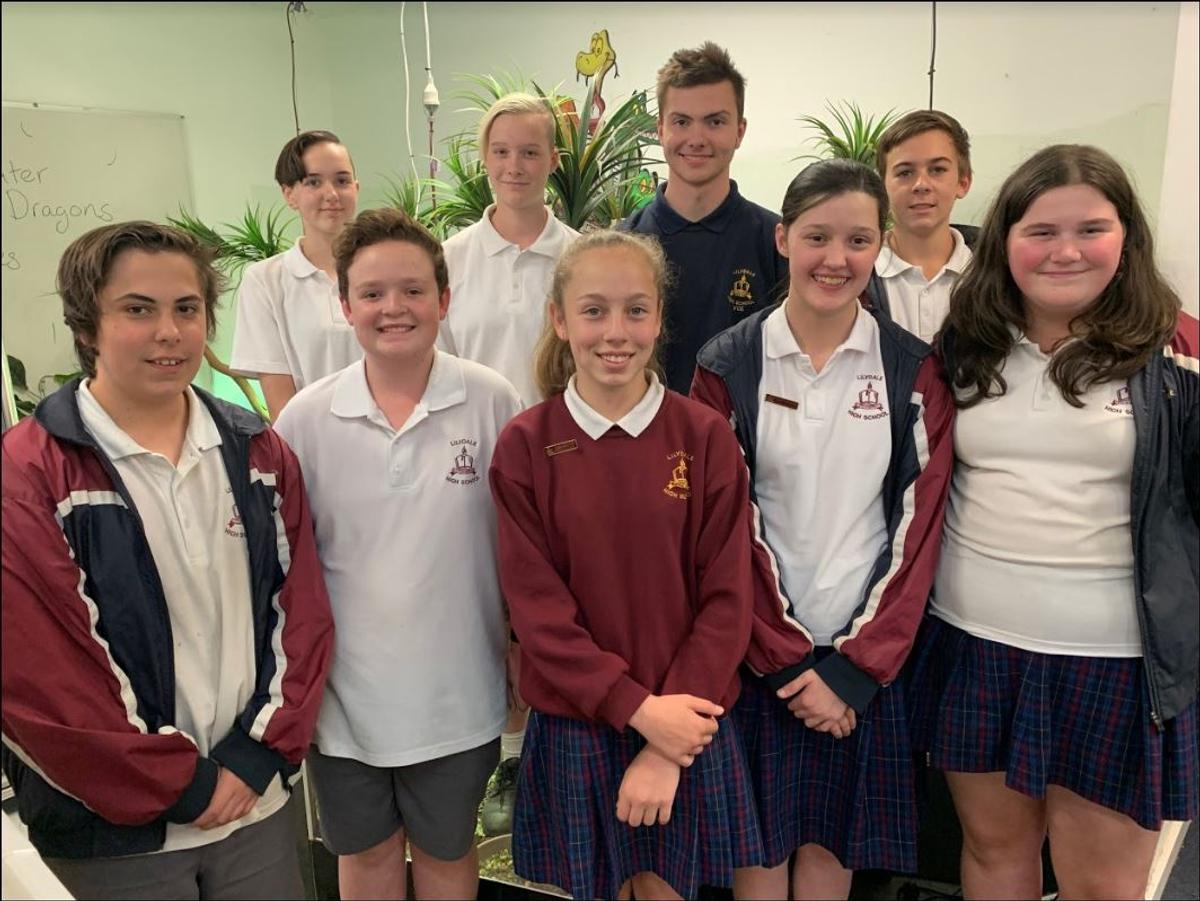

Marcus Whitby
Our new Zoology Centre has finally begun. The old portables were removed late last year and the locker bays were demolished early in the new year. The students worked hard over the holidays to salvage what they could from the outdoor enclosures before they too were removed.
We still have a long way to go but it was great to see some action and the beginning of what will be a truly unique building which will take the zoology program to a whole new level.
The building is due for completion later this year, with a little more time needed after that, for the fit out of enclosures. Needless to say, the students are very excited and cannot wait to move into their new head quarters.

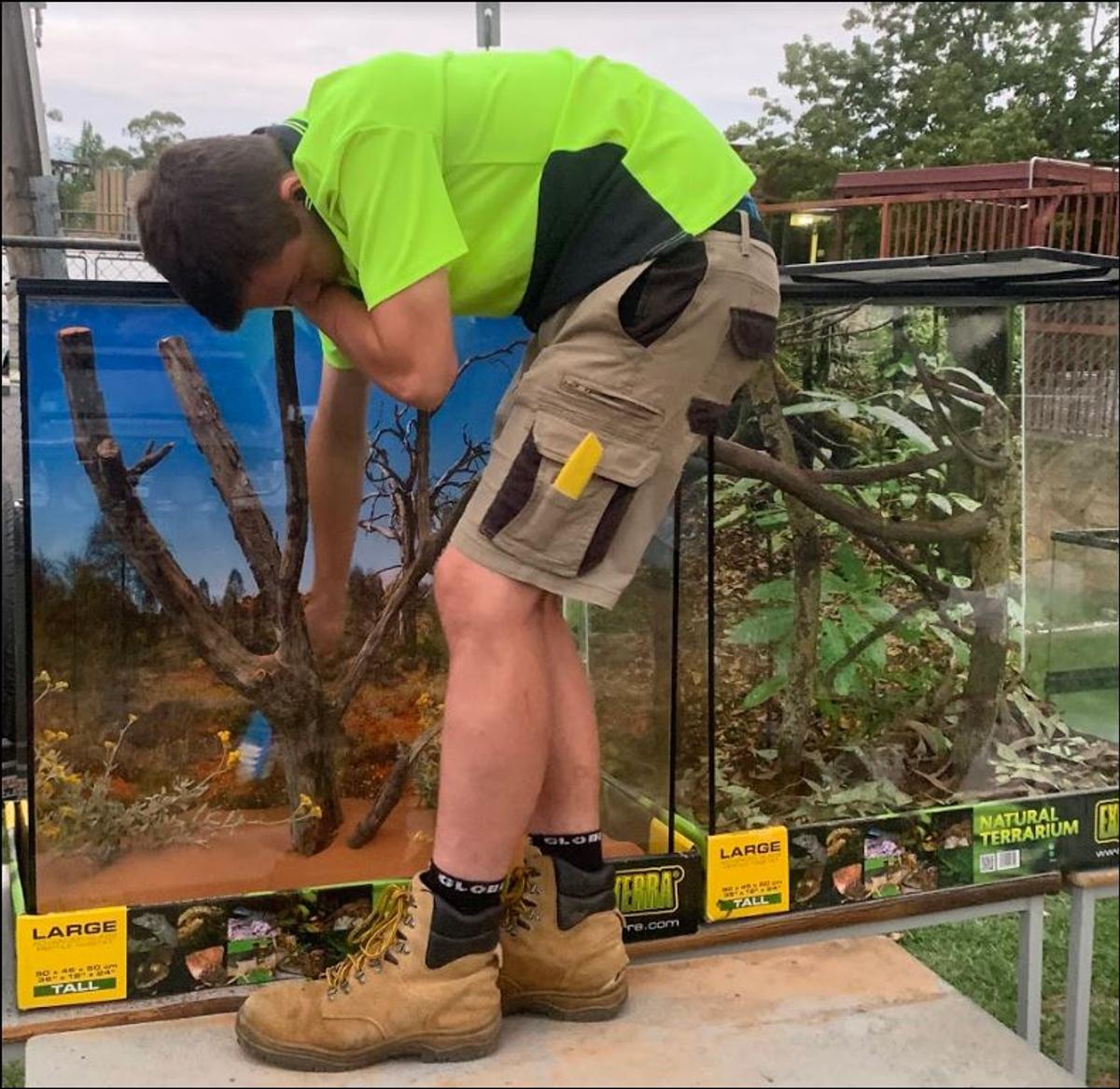
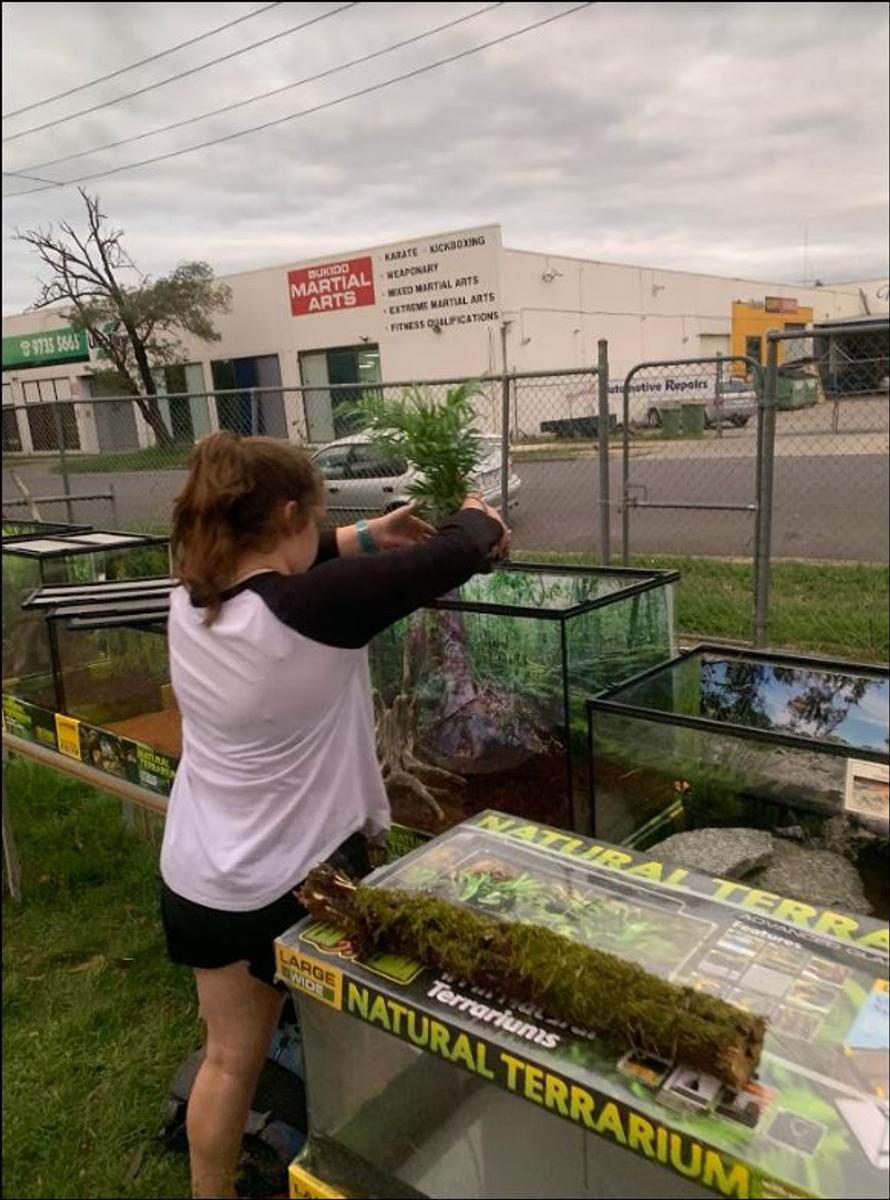






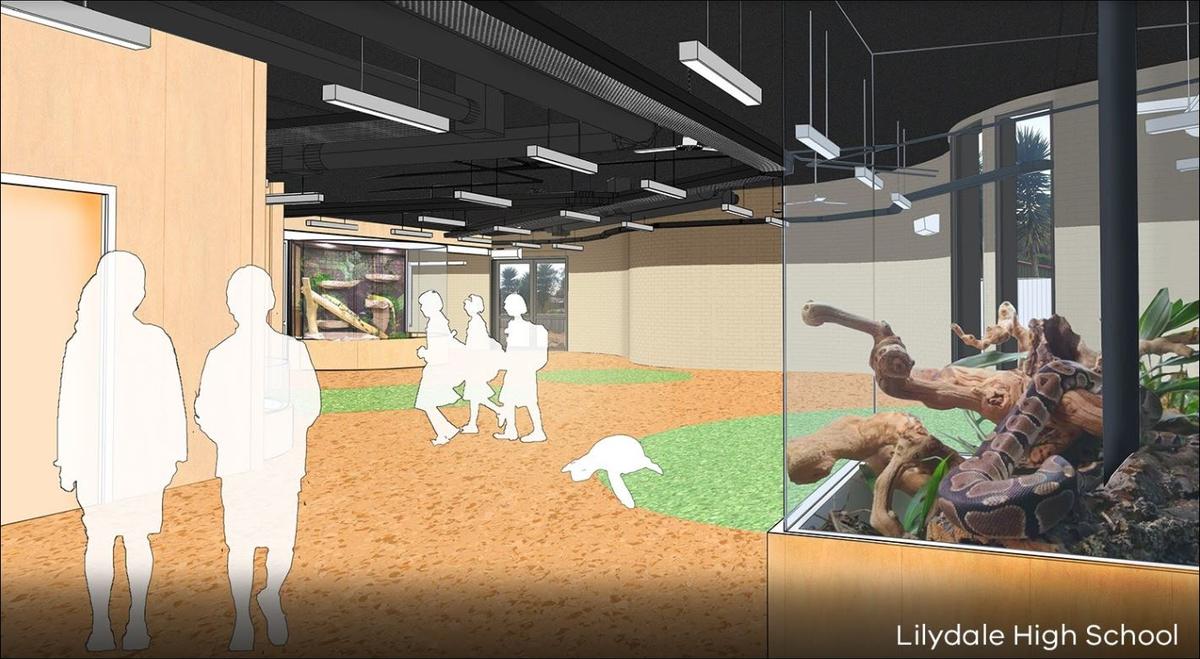
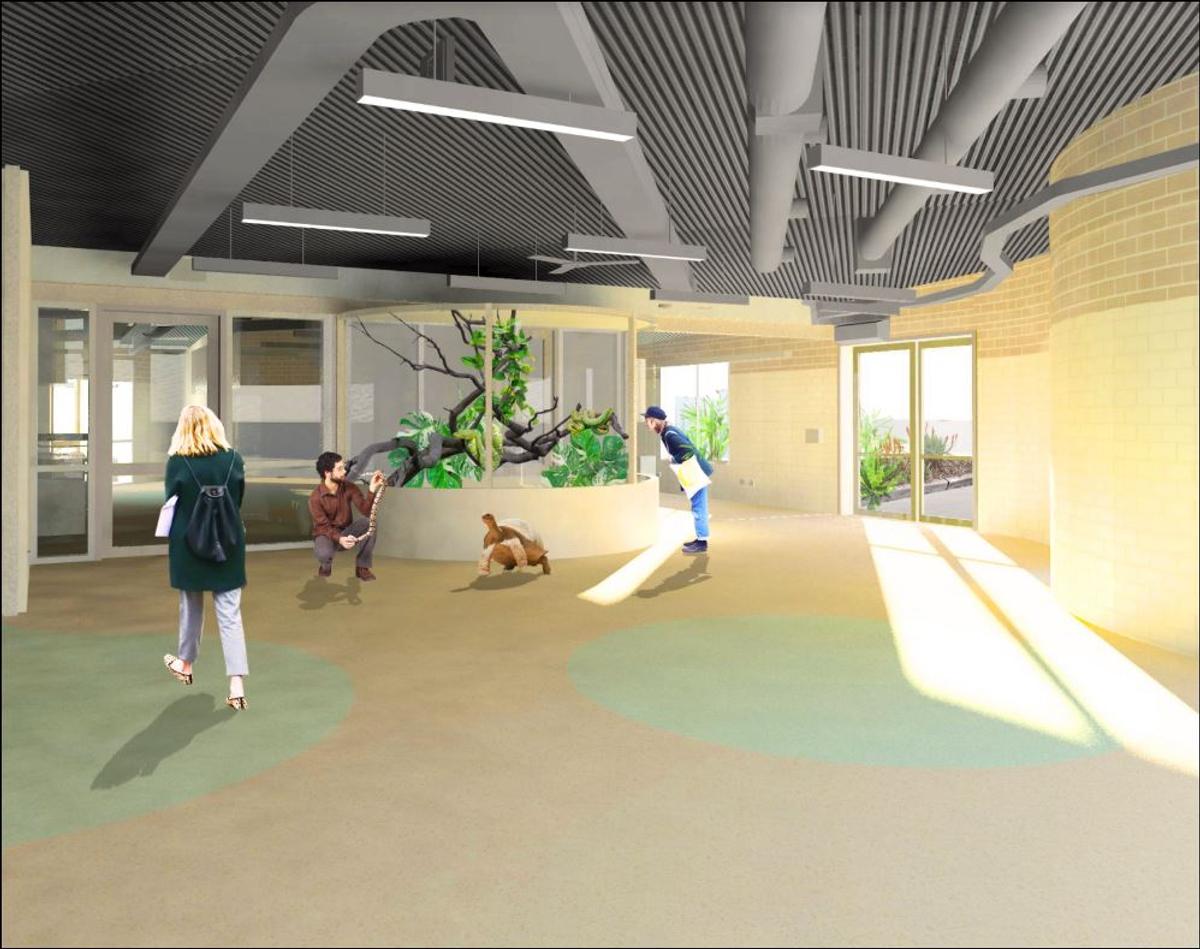



Marcus Whitby
Once again, we attended the Victorian Herpetological Society’s Reptile and Amphibian Expo at the showgrounds, taking our biggest and best display yet.
With more than 100 animals on display with many of them in naturalist displays set up by the students and volunteers it was a big hit with the estimated 20,000 people who attended on the day.
The students worked hard putting in a 15 hour day to pack up the animals and displays first thing in the morning and return them all later that evening. Incredible team work and an extremely dedicated group of students. Their efforts did not go unnoticed with constant compliments throughout the day and after the expo.
One person wrote the following in an email to the school:
Good Afternoon,
I just wanted to reach out and say that the students at the Reptile Exhibition at the Melbourne Showgrounds over the weekend were incredible. They handled the animals with such care, and were incredibly knowledgeable about the various creatures. The students were also polite and kind, and made myself and others in attendance so comfortable. It was truly the most important part of the exhibition, and I hope that you will pass on my thanks to the students involved.
Such a program is quite amazing, particularly with such good representatives of the school involved.
Many thanks to the staff and students involved.
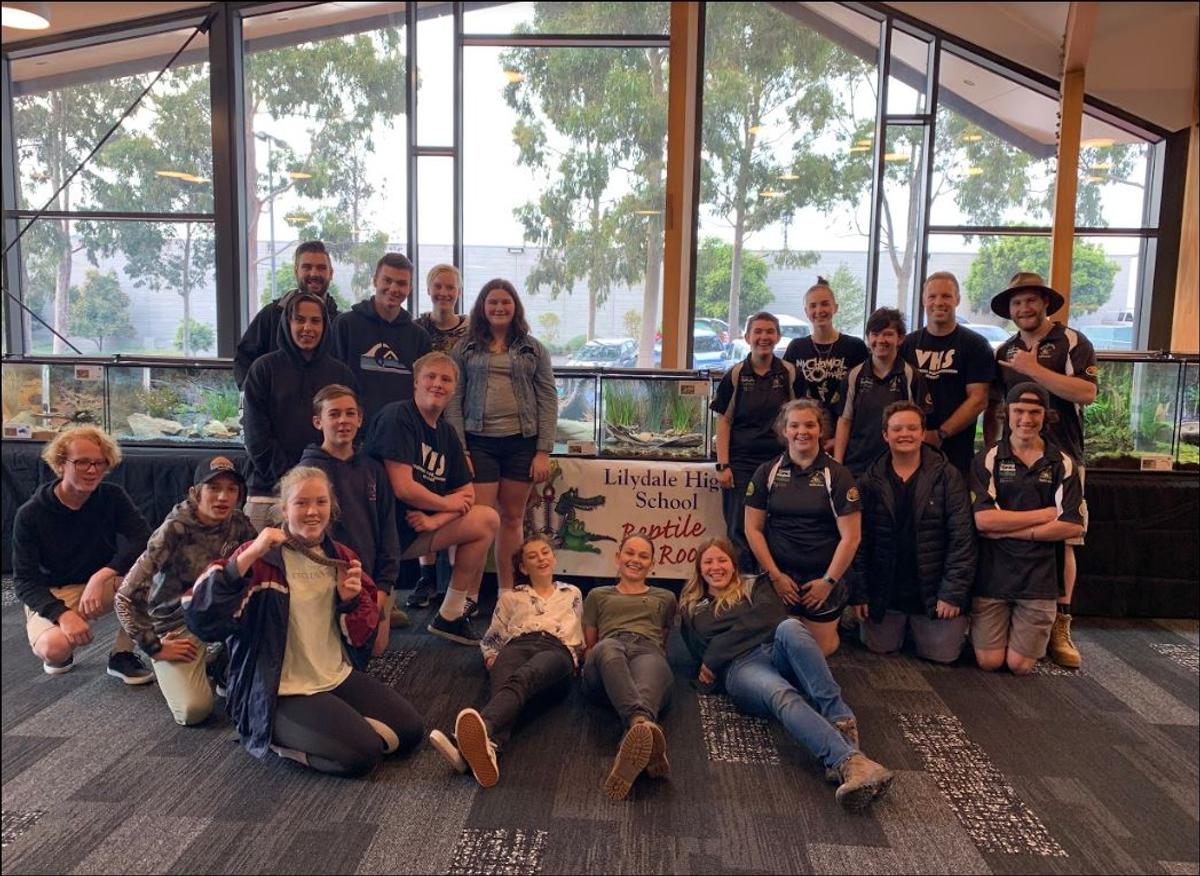
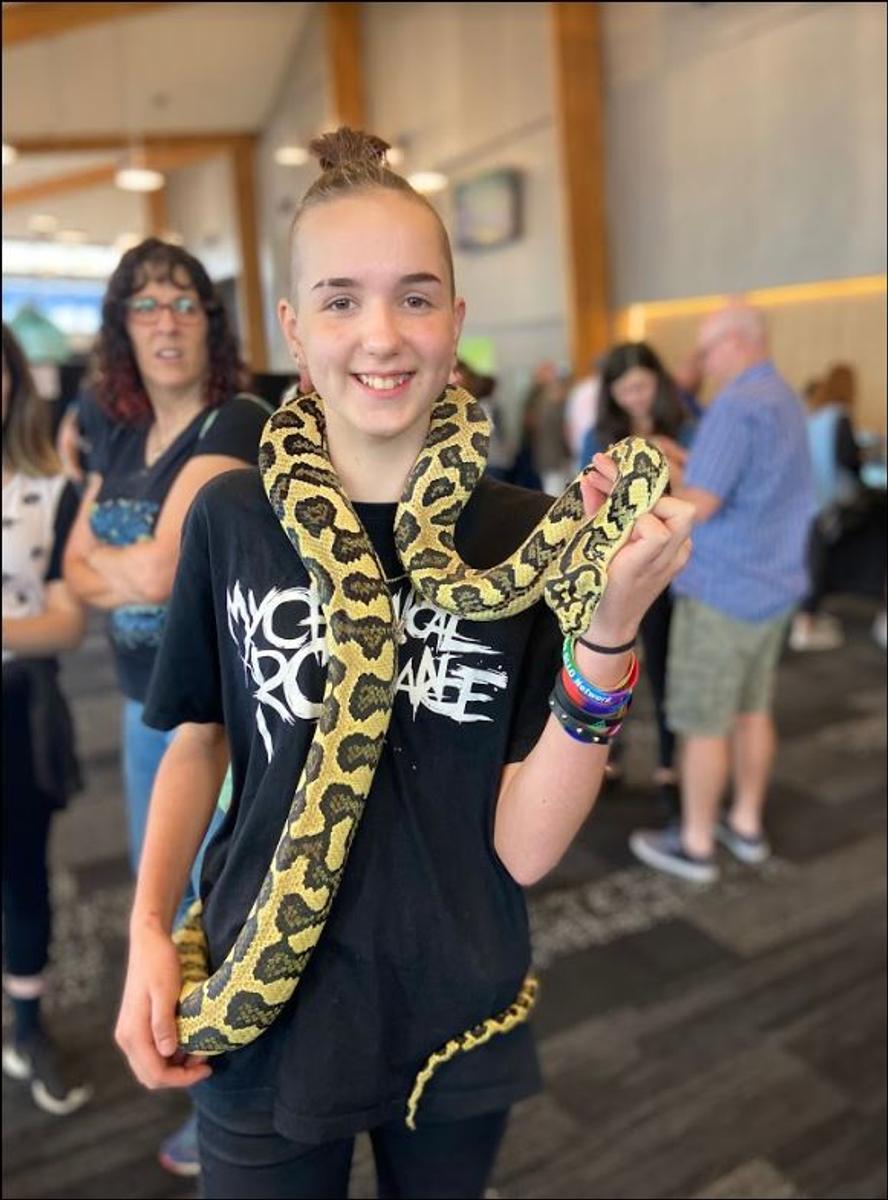
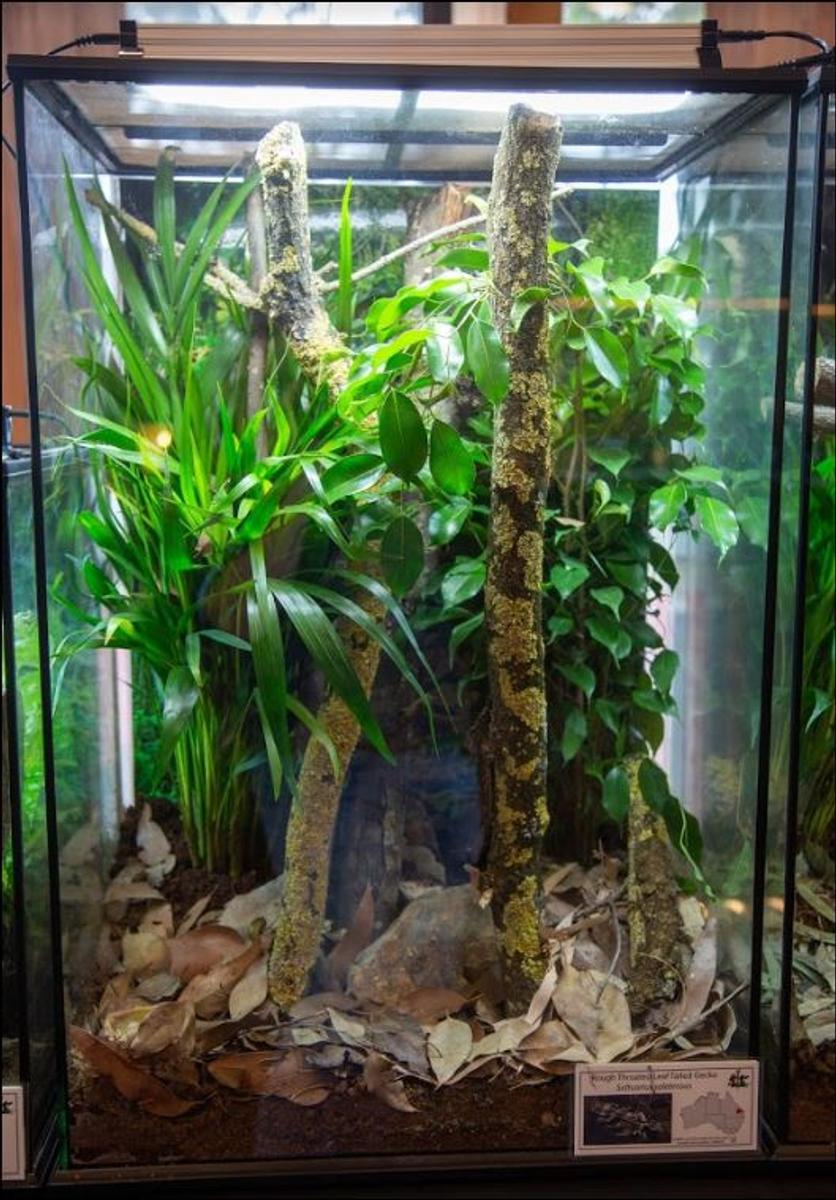







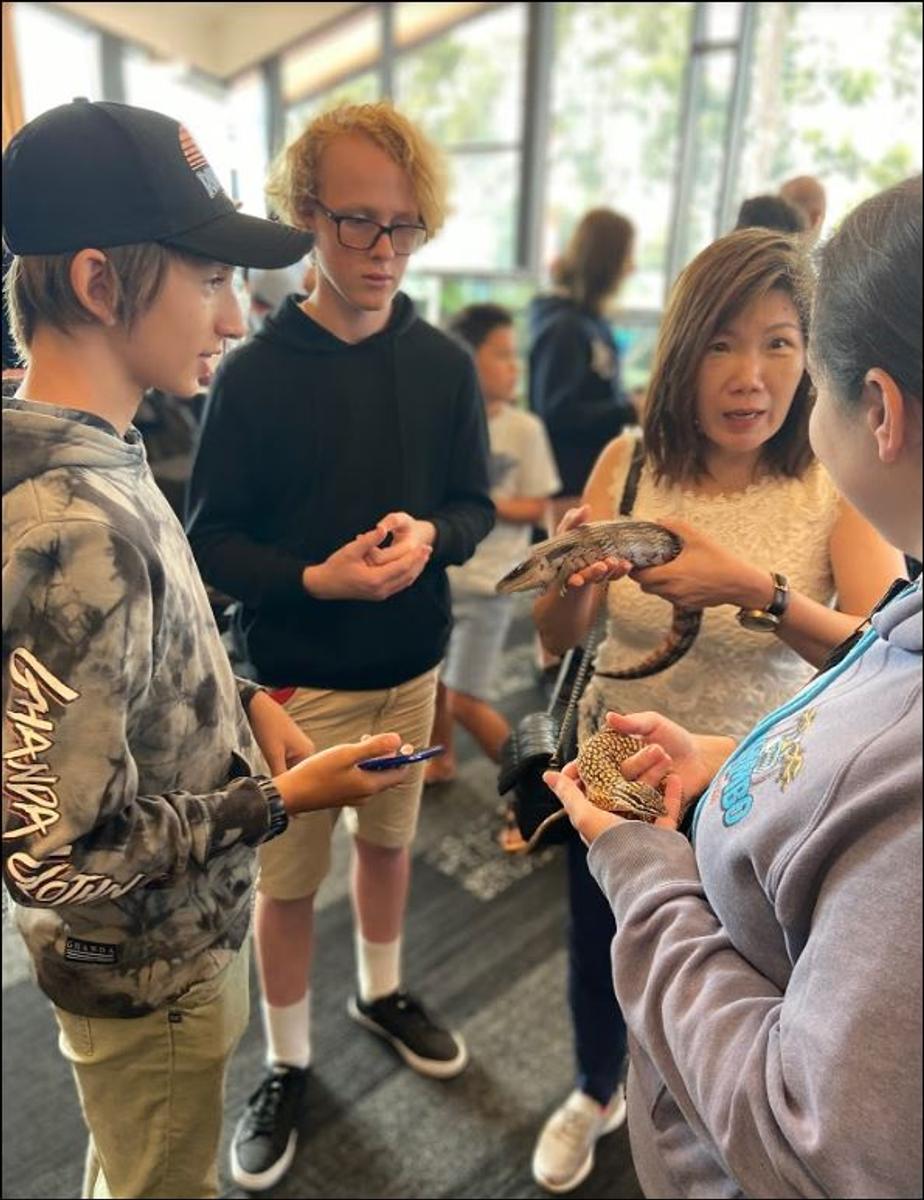
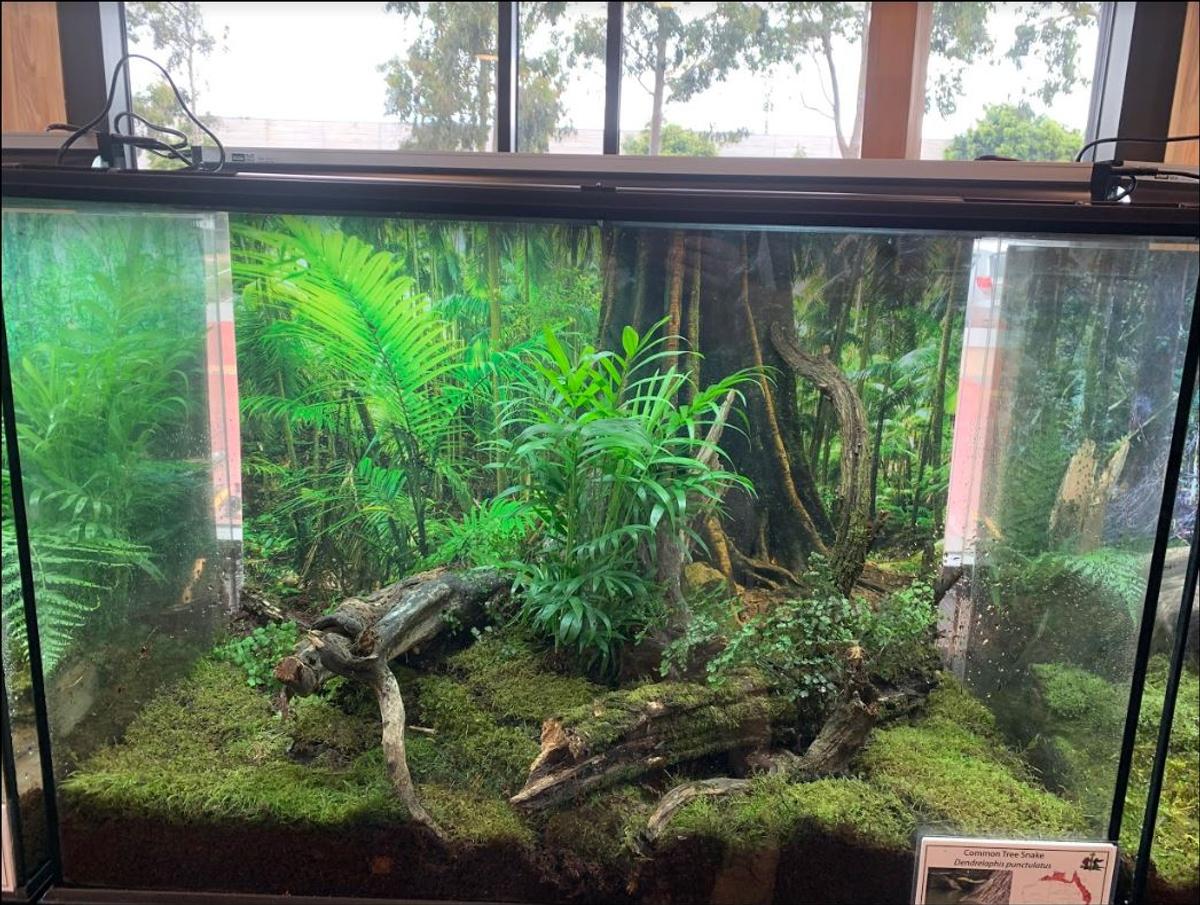
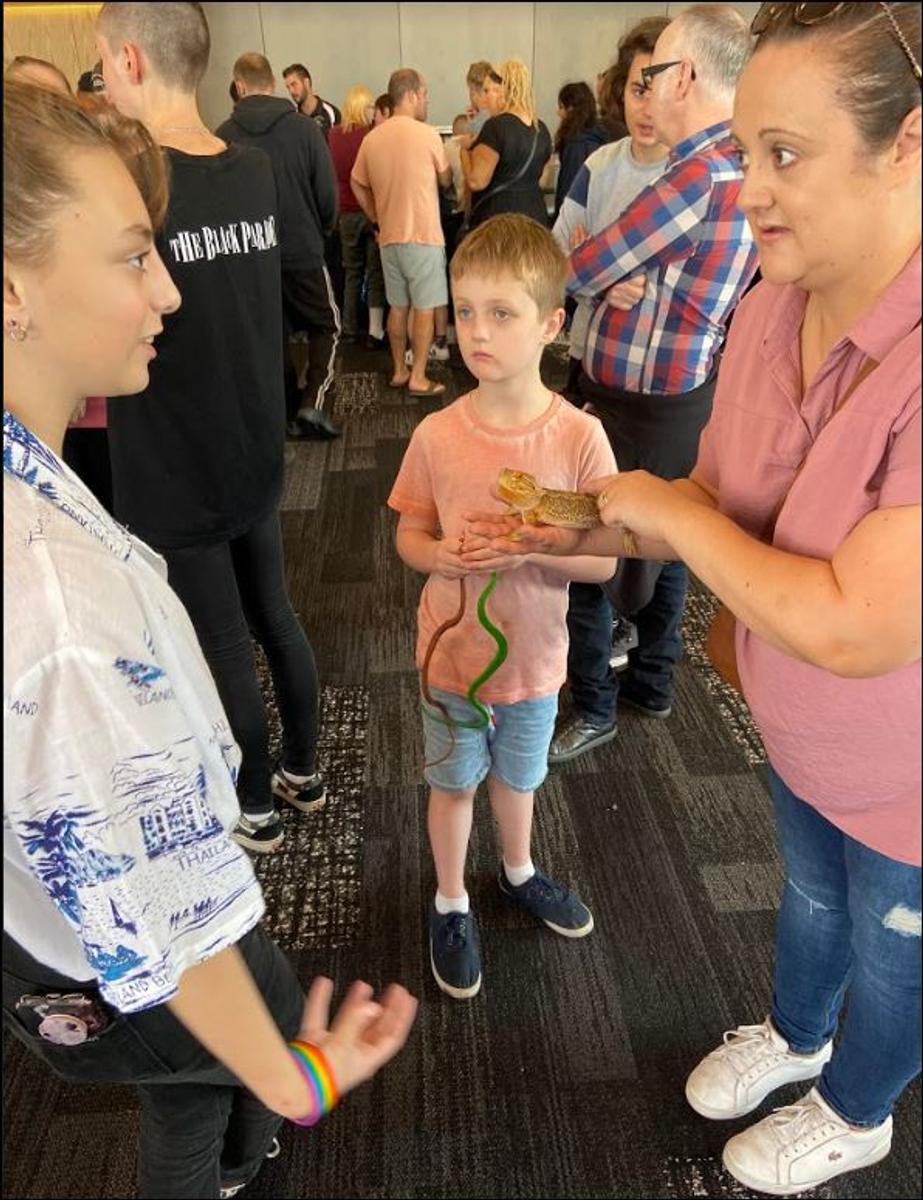
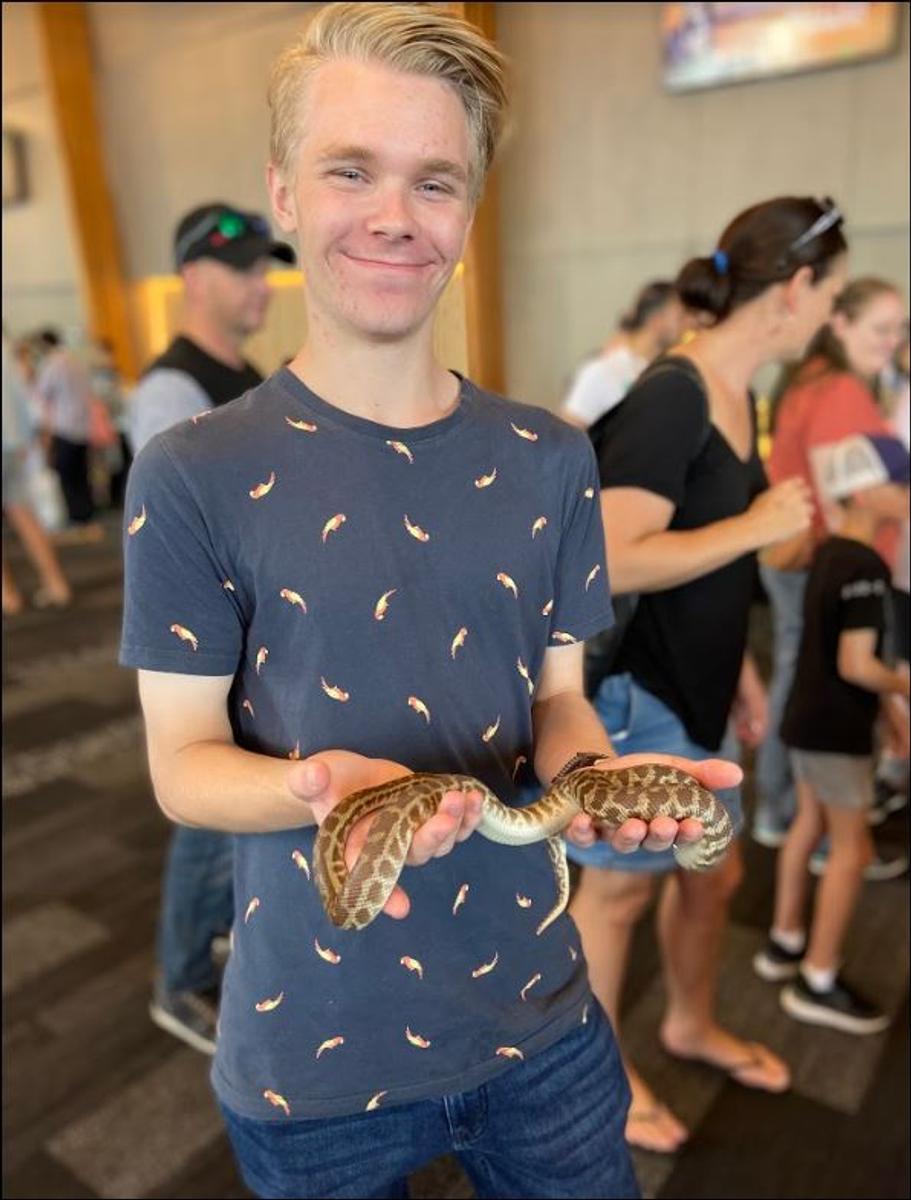
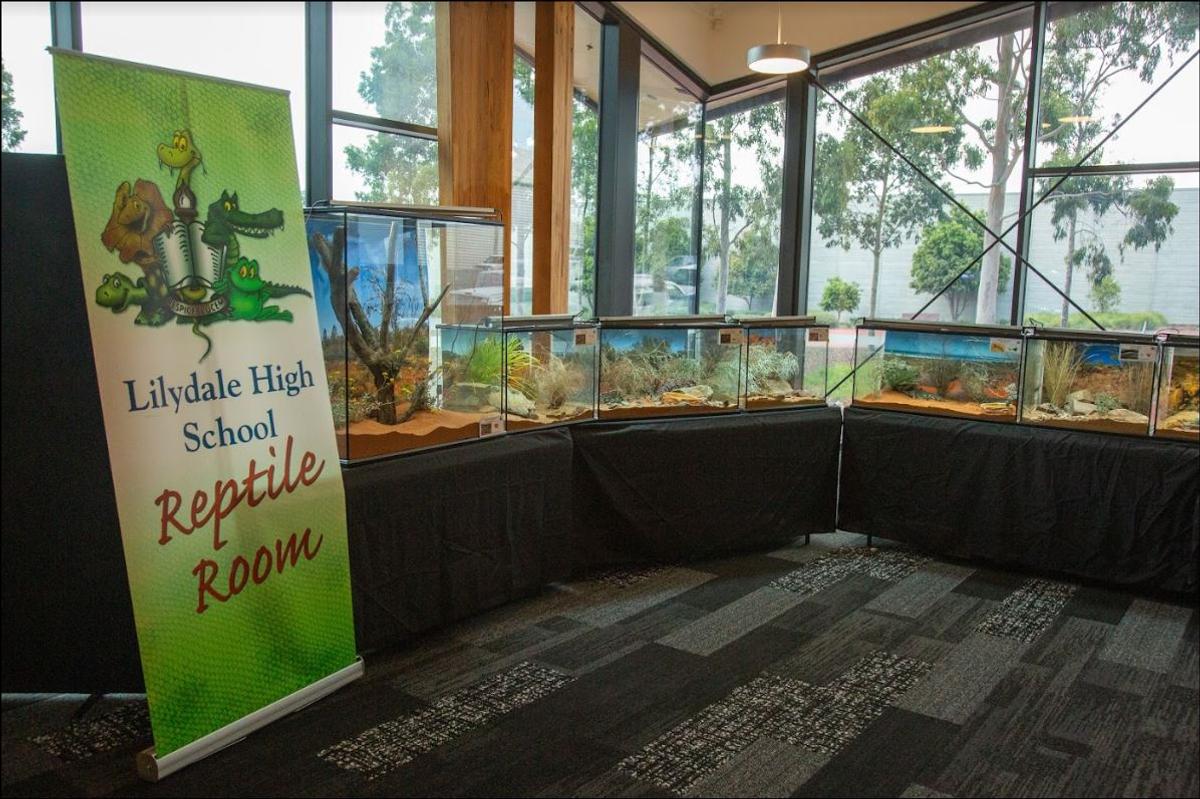





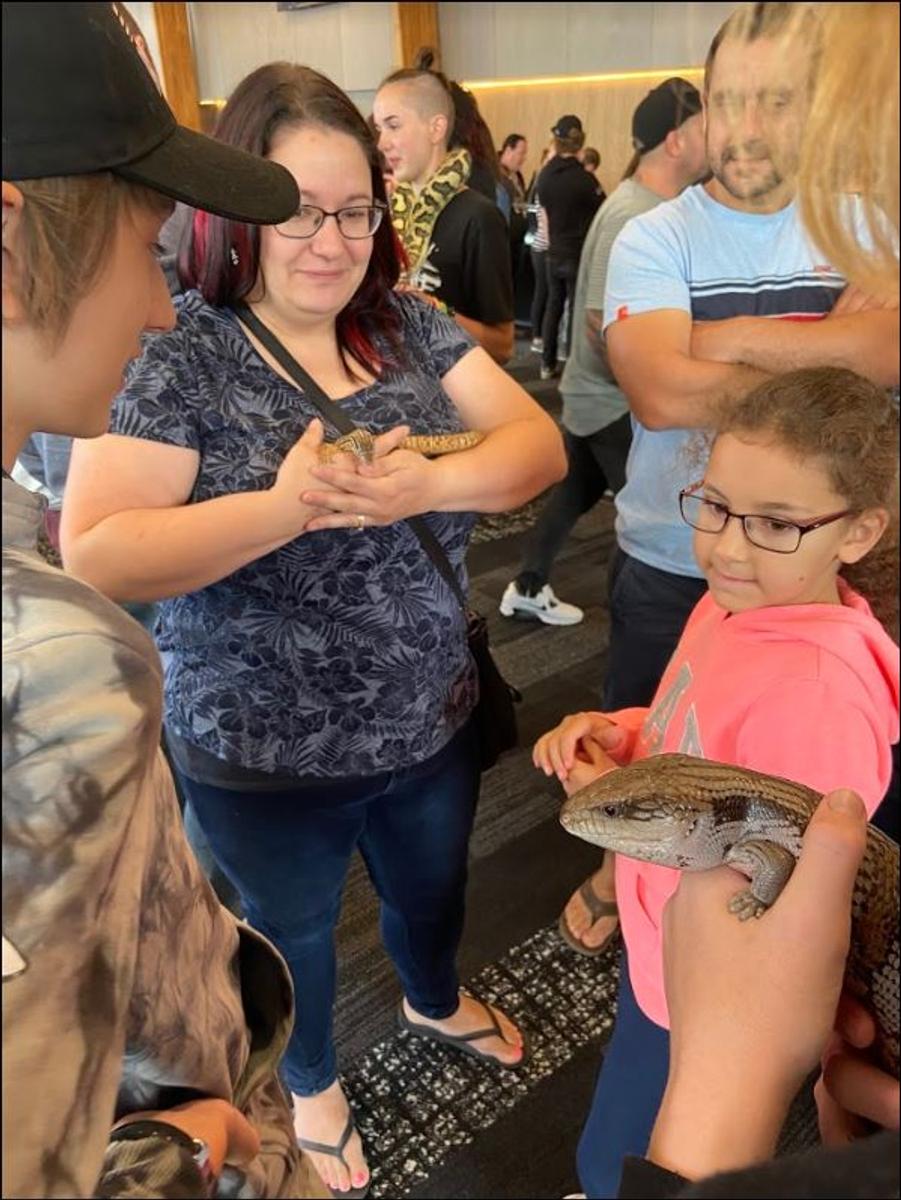
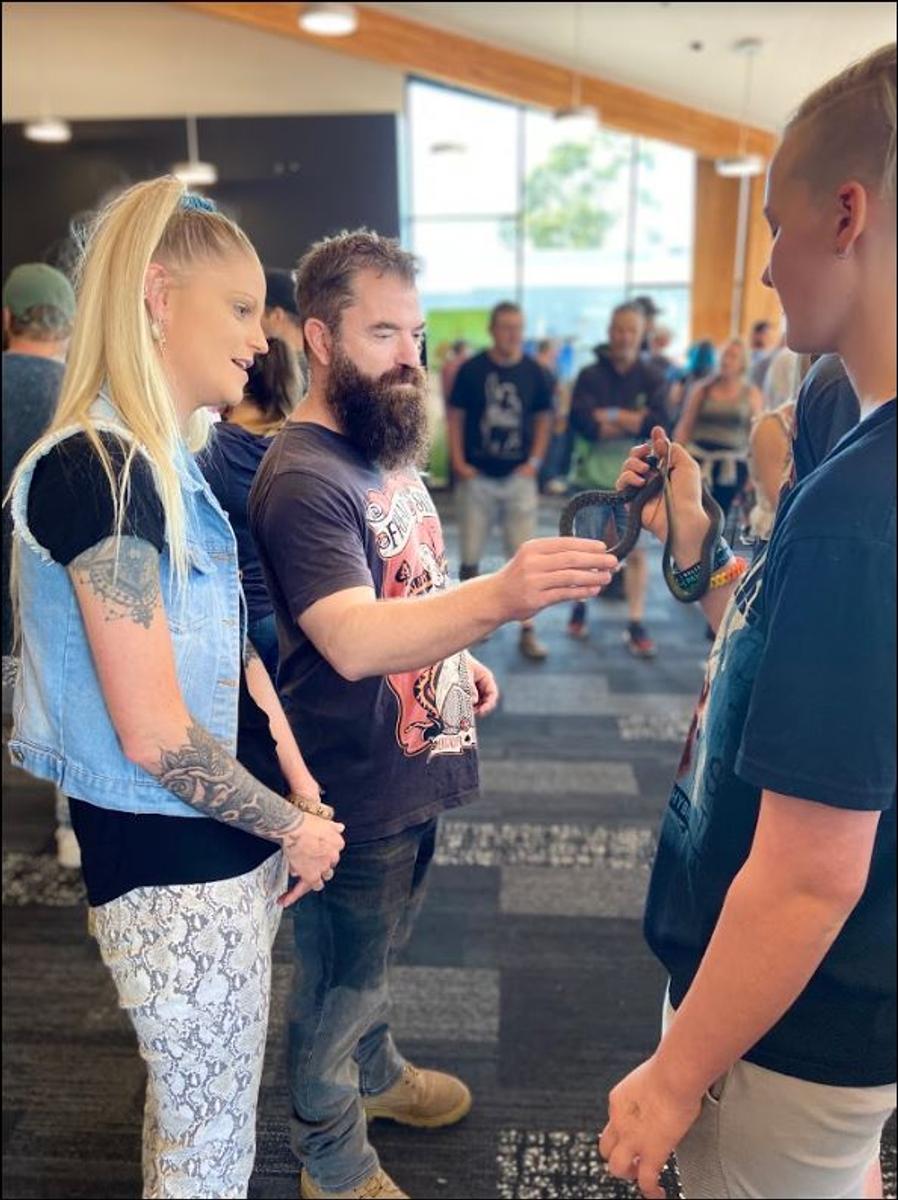
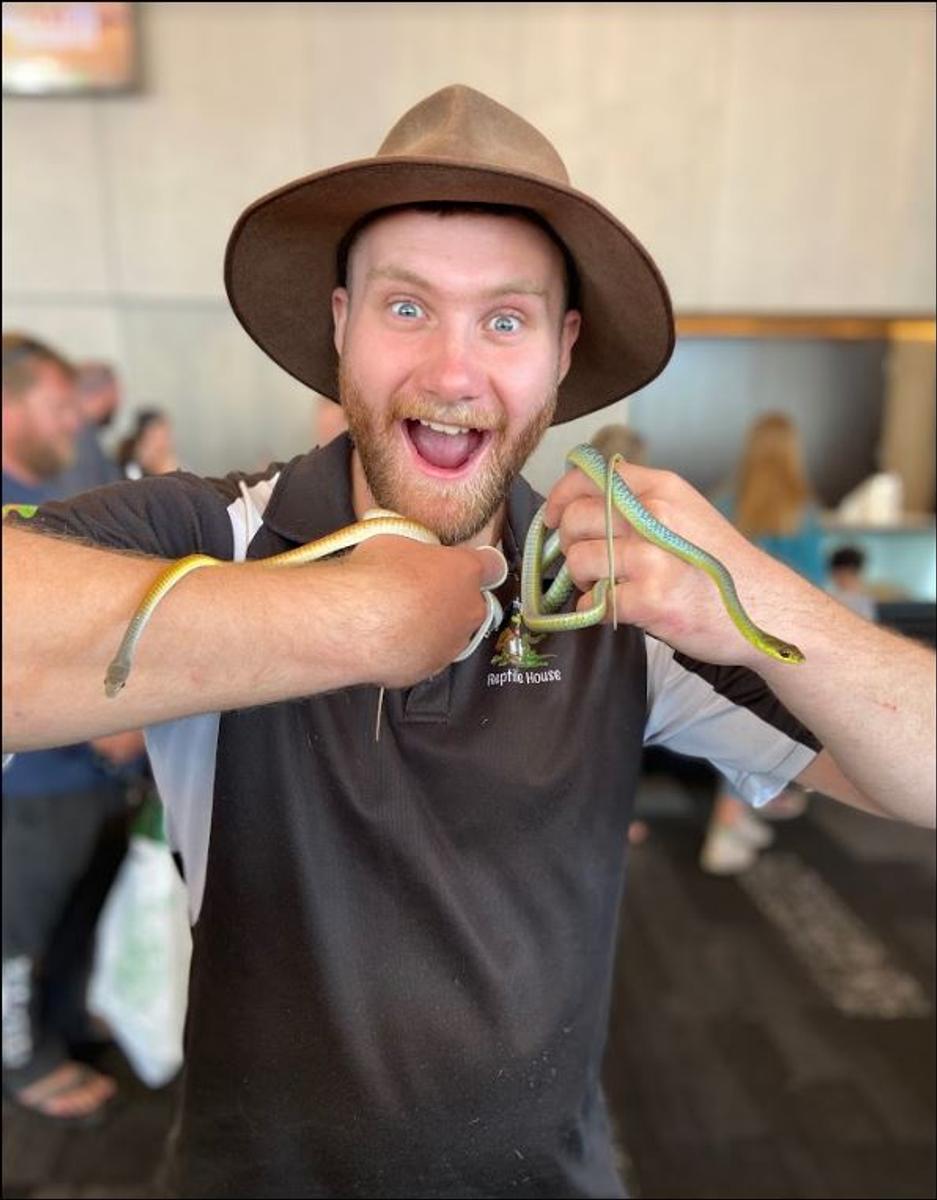
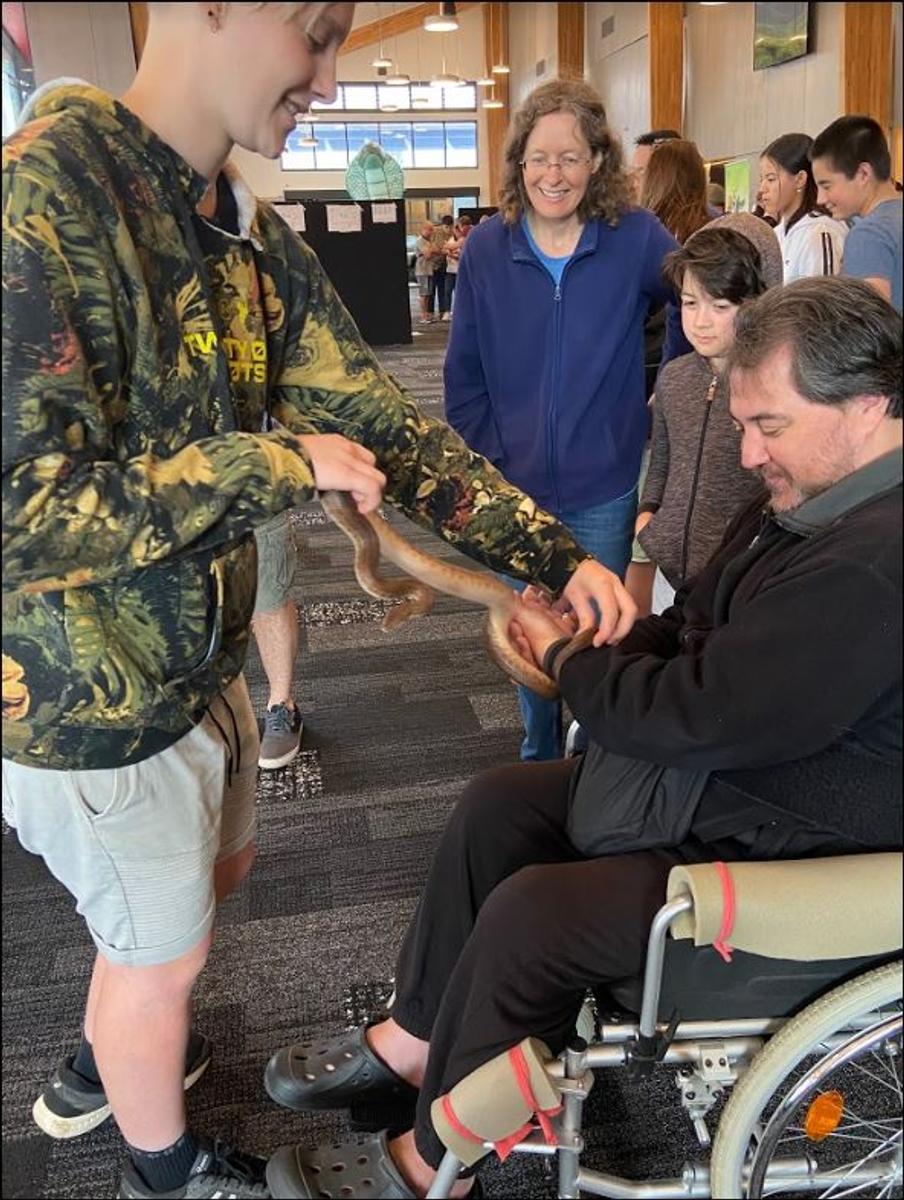
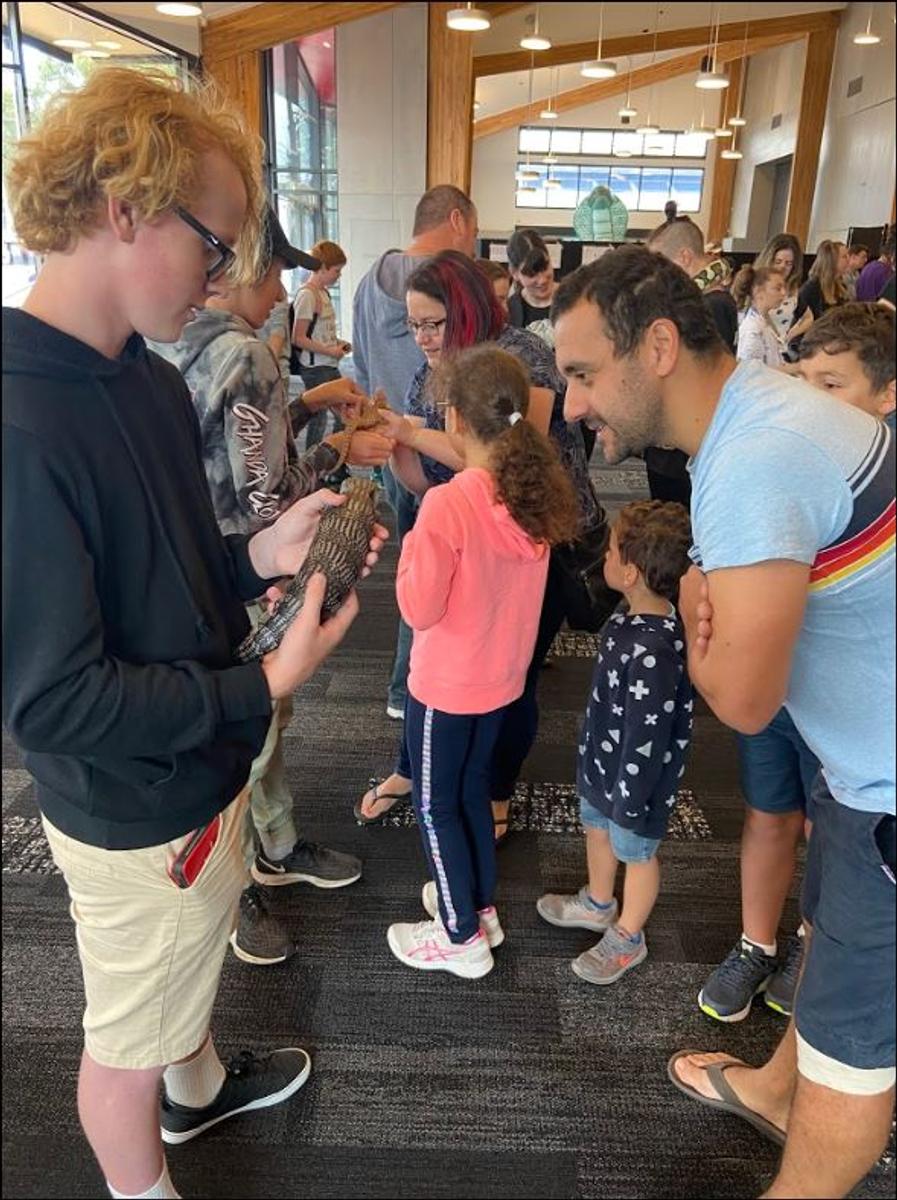





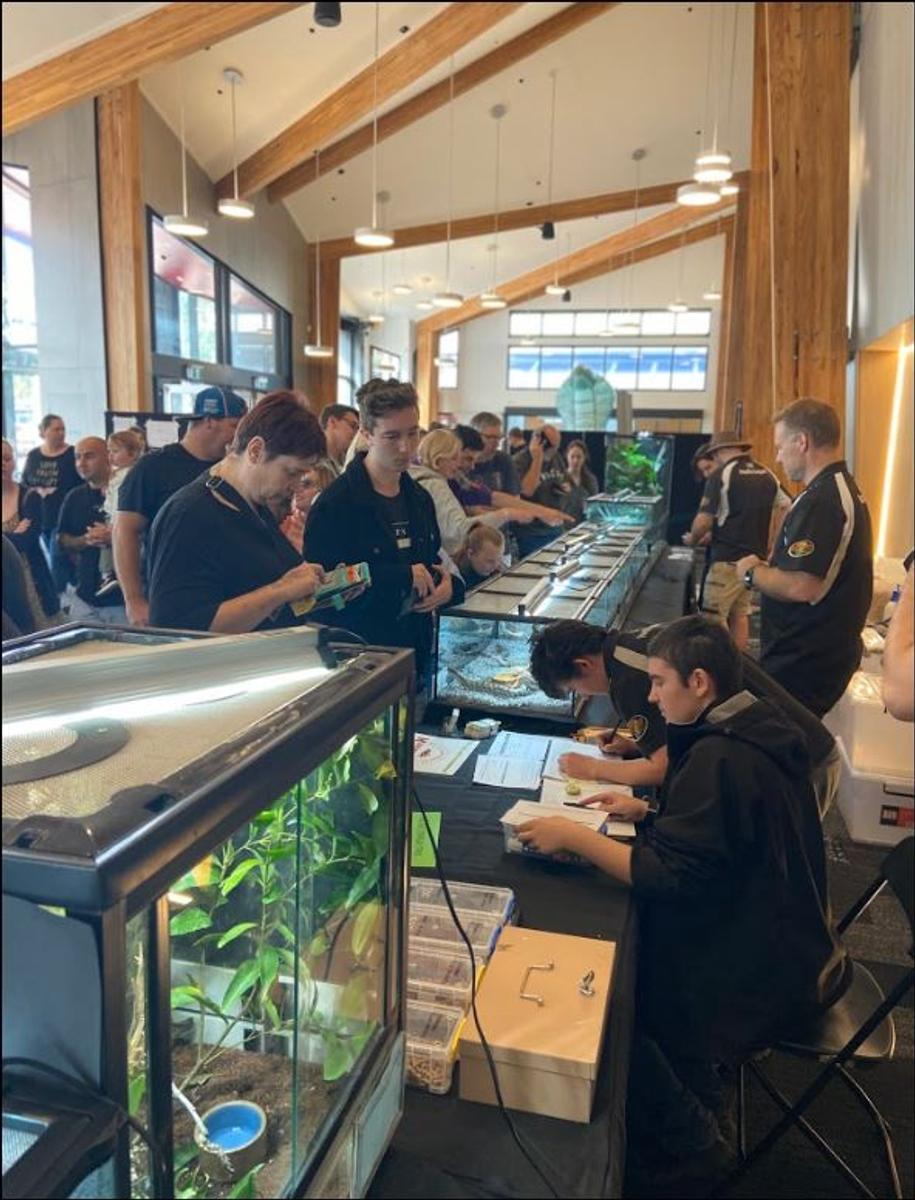

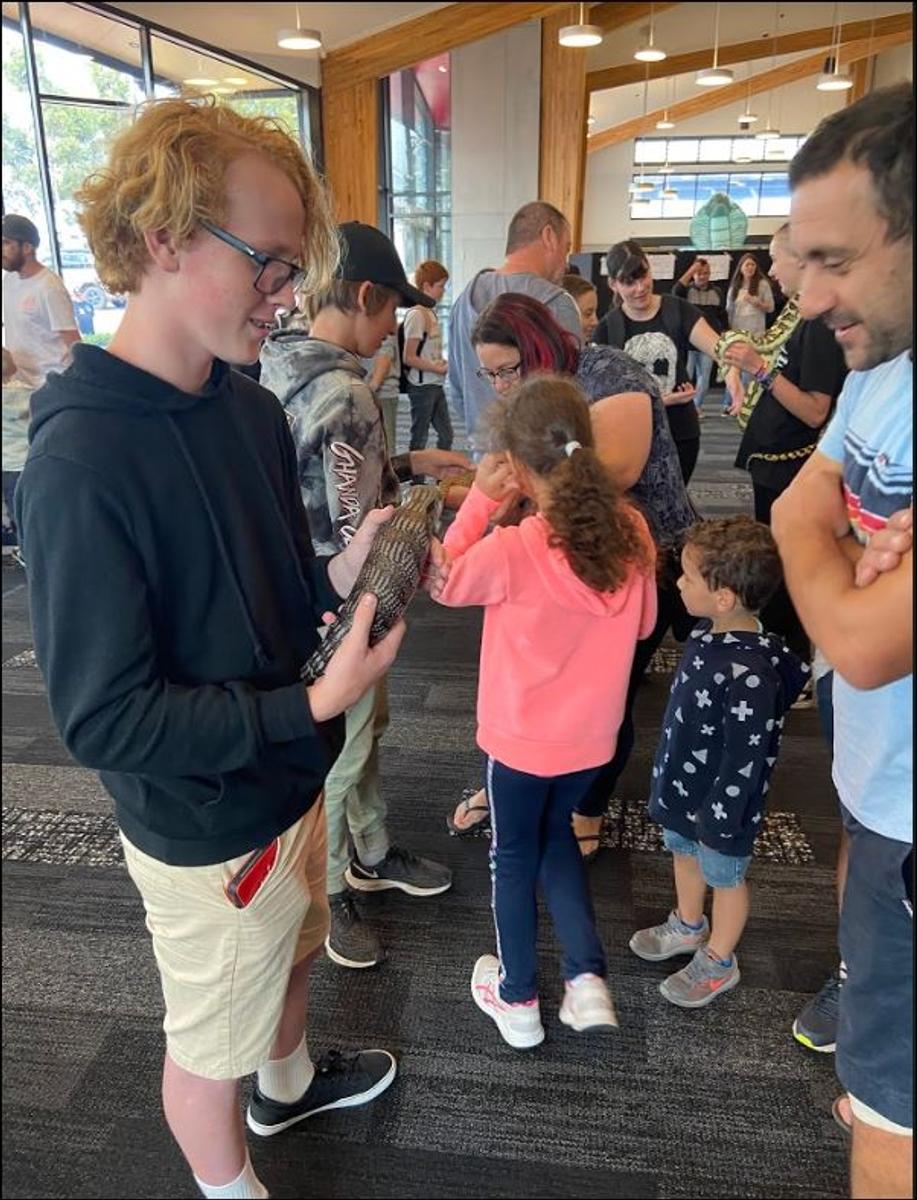

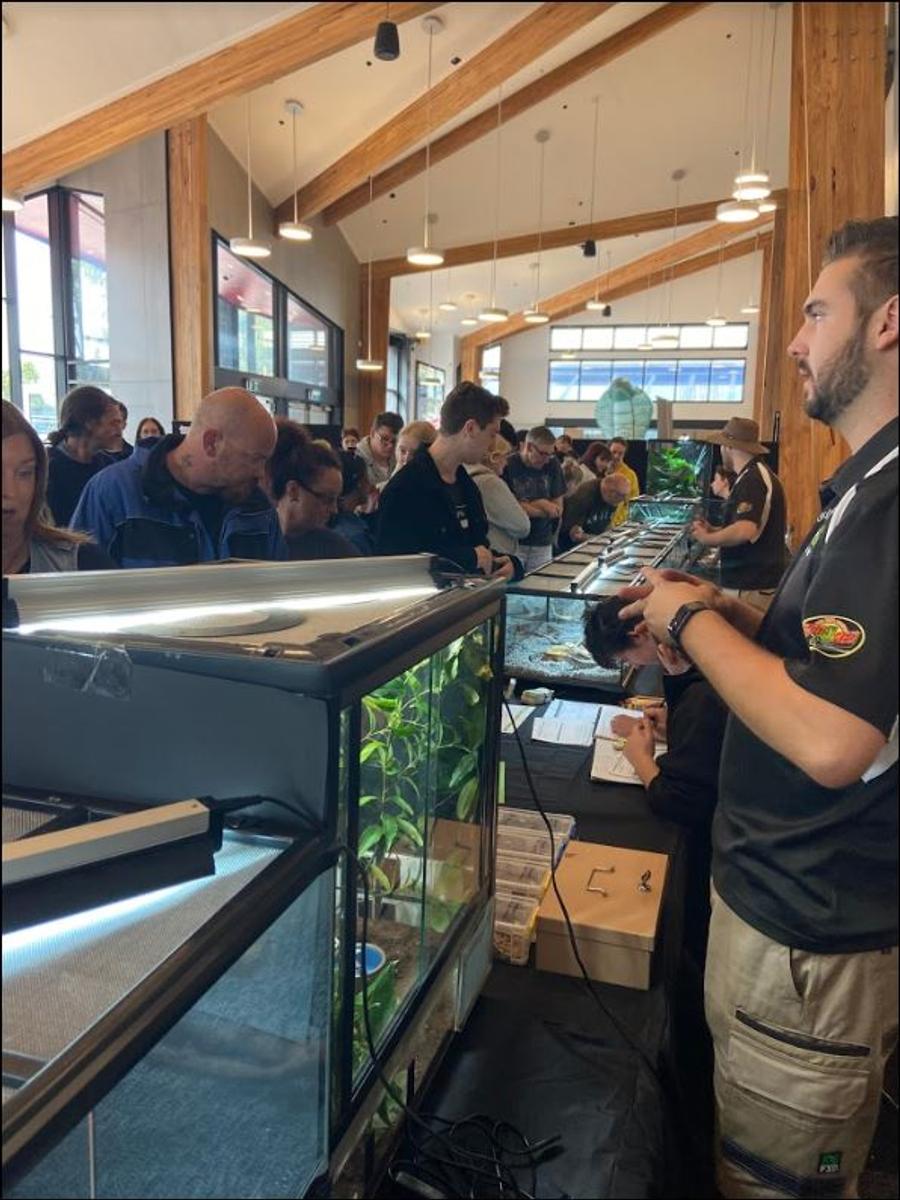





Marcus Whitby
Chameleon Gecko: Carphodactylus laevis
Snout to vent Length 130mm
This spectacular gecko is the sole member of the genus. It is laterally compressed with an acute vertebral ridge, long slender legs, a carrot-shaped tail and clawed, pad-less digits. Mostly brown overall with a fine cream mid-vertebral line and well camouflaged to suit their environment.
The tail is readily discarded and when a regenerated tail is lost it, produces a loud, squeaking noise as it wriggles around.
It is a nocturnal inhabitant of rainforests and most often observed face down, motionless on a small sapling.
Food items consist entirely of invertebrates and like all geckos usually produce only two eggs.
The Lilydale High School collection has a few specimens and we have managed to successfully breed them. The eggs take on average about 100 days to hatch.
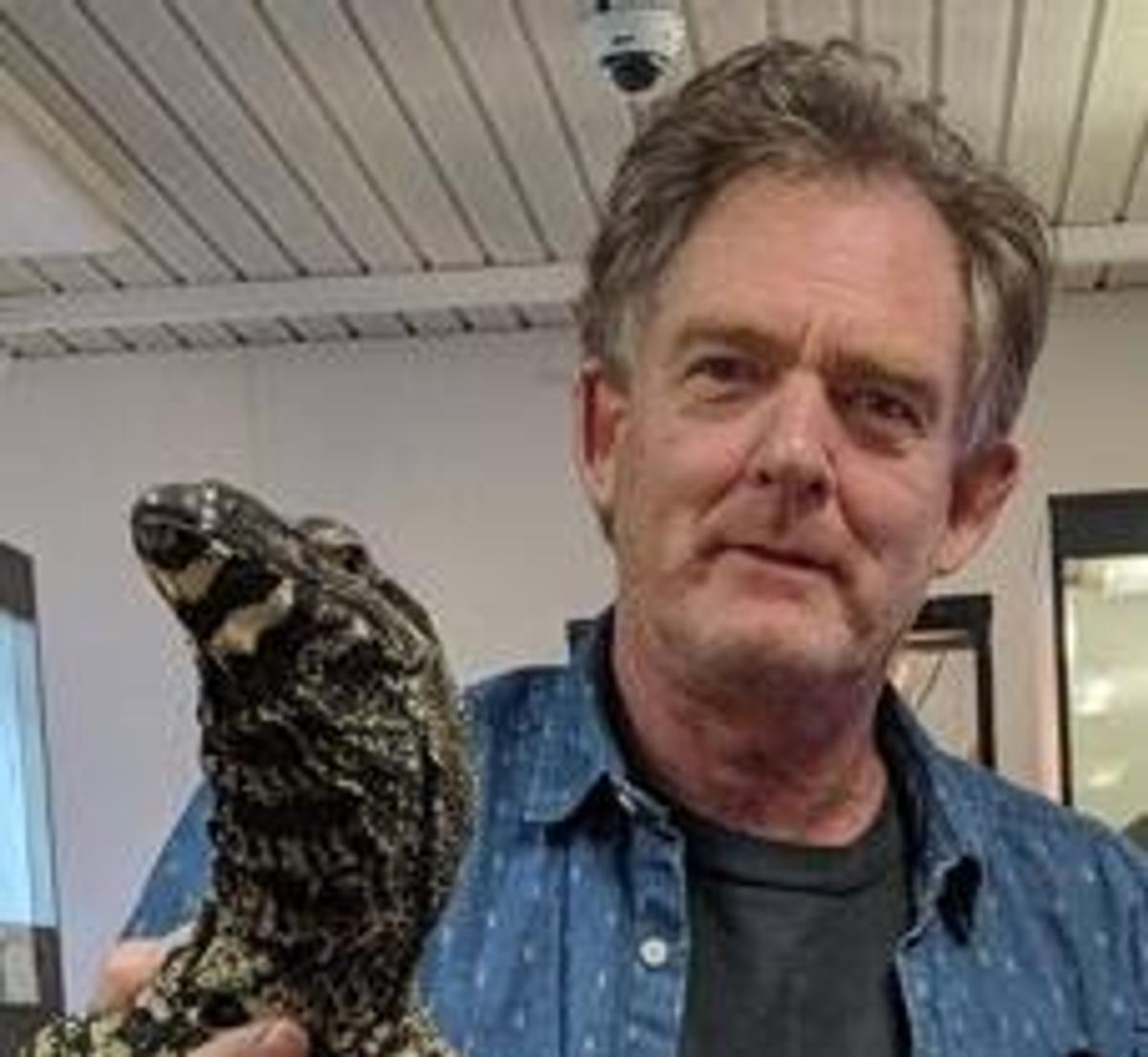



Mike Swan